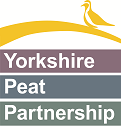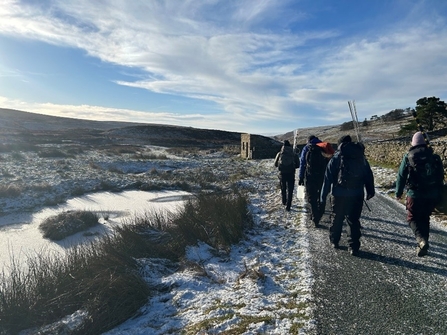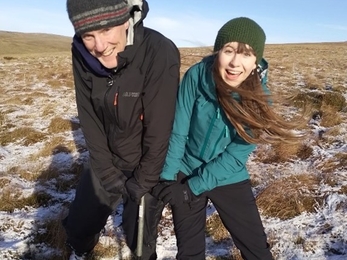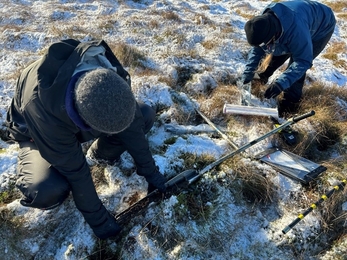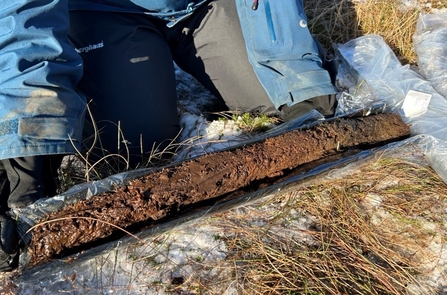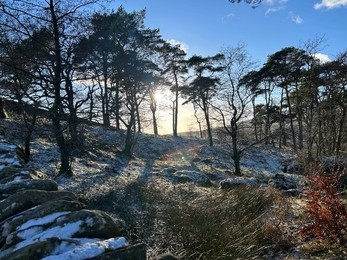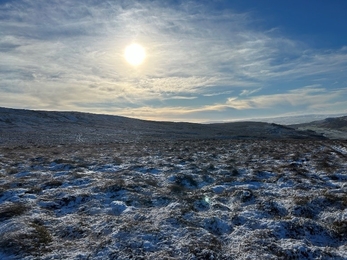On 18 January 2023, I set off to Kingsdale Head, a 607 ha site on the northwest corner of the Yorkshire Dales. To my aid was a fantastic team of five: Tim, our outgoing Peat Programme Manager; Dom, our Data and Evidence Officer; Joe and Rhiannon, our Peat Project Officers; and Emily, our Peat Project Assistant. We had everything prepared for an intense and icy day of coring as part of our Nature for Climate monitoring, collecting samples to send to the University of Manchester for analysis.
We rolled onto the moors, adorned in our winter regalia, peat poles poking from our rucksack pockets, endeavouring to keep a good grip on all the kit we were carrying. It’s easy to underestimate how heavy everything is until you’re faced with the sobering prospect of Kingsdale and its many, many rolling hills.
After 10 minutes of walking, we were perspiring beneath our winter clothing, with each few steps leading to layers being taken off. The hills had us fooled into thinking we’d be warm enough without coats and jumpers, but these were quickly thrown back on once we arrived at the dipwell plots. Yorkshire weather has a habit of being like that; in my 5 months at YPP, I’d learnt that no matter what the forecast tells you, make sure you have your suncream, woolly hat, sunglasses, and a thick jumper all in the same bag.
